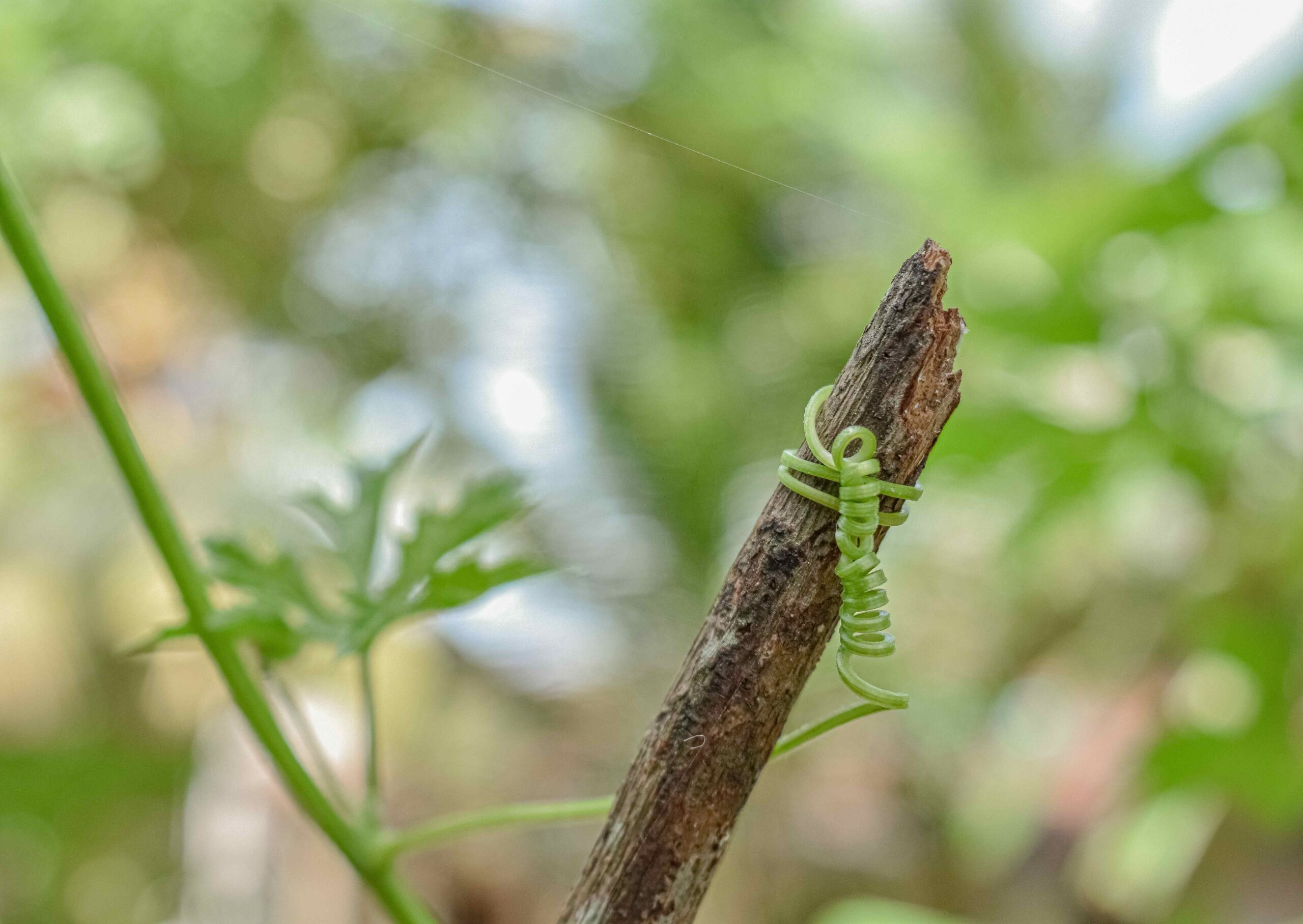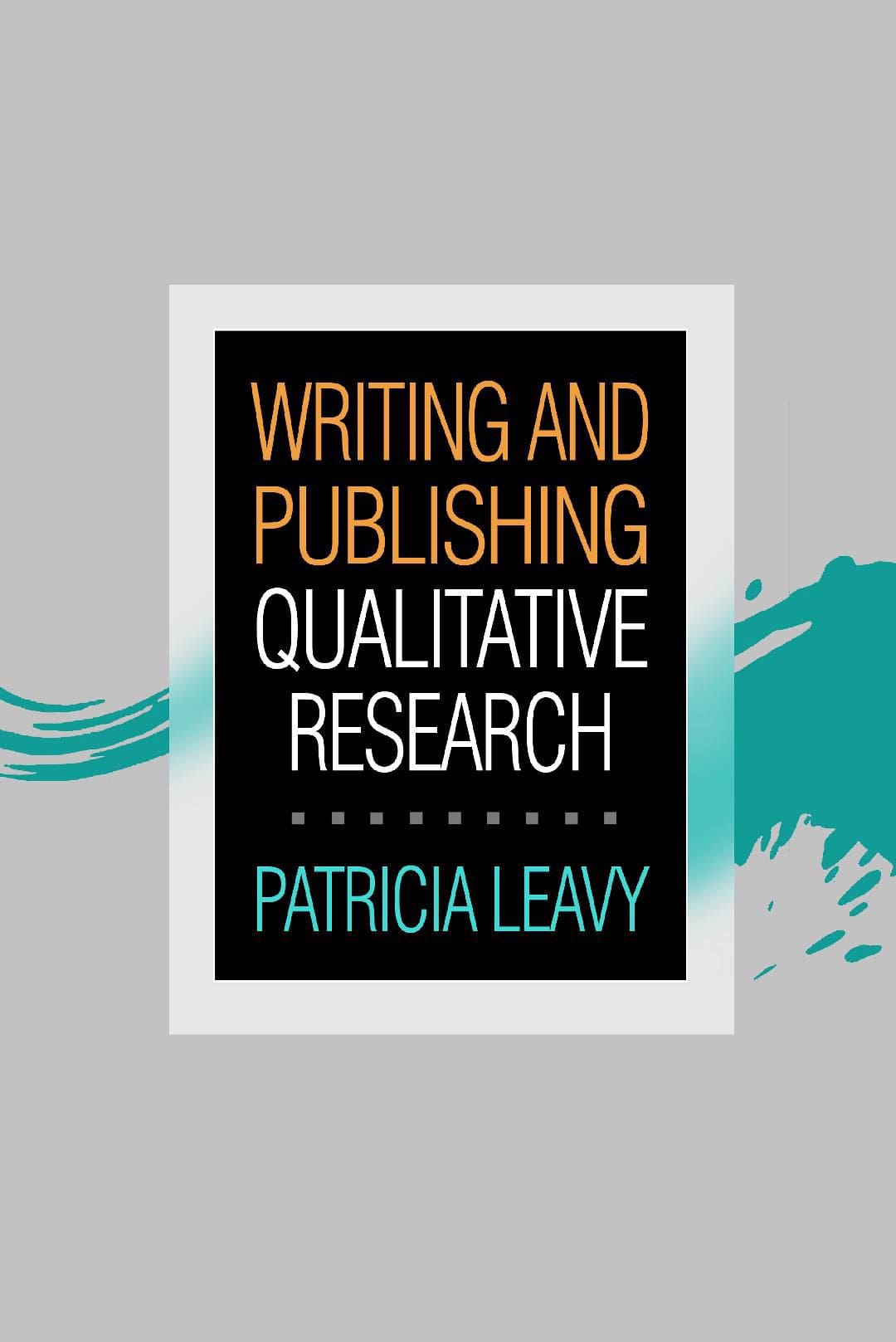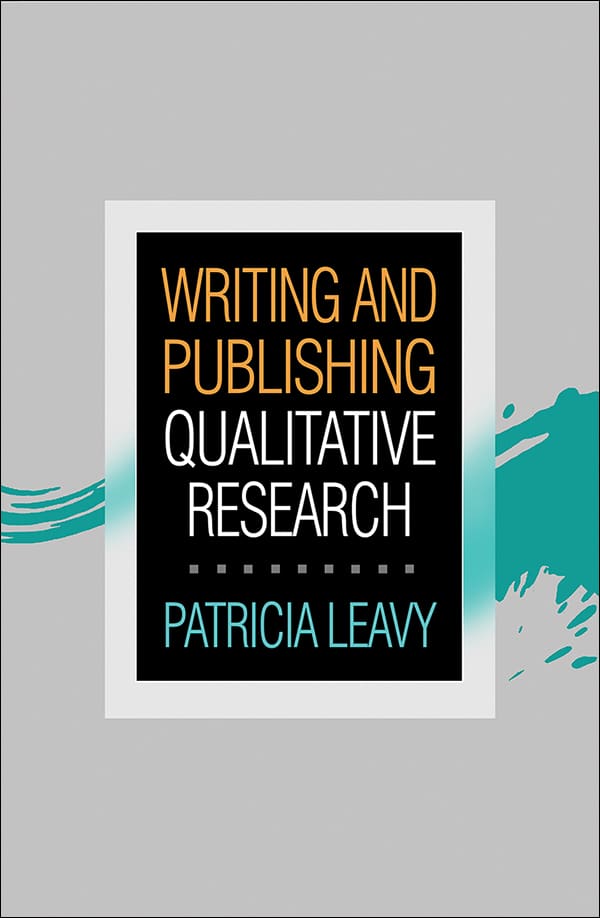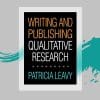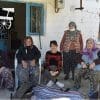Book Review: Patricia Leavy’s Writing and Publishing Qualitative Research
Leavy’s Writing and Publishing Qualitative Research is a comprehensive guide that navigates the intricate landscape of qualitative research from the writing phase to publishing. It differs from previous books on writing qualitative research because it covers the fundamentals of writing and how to establish a writing practice, which is crucial for all authors, regardless of their expertise. It explains how to write for both scholarly and general audiences. There is also comprehensive publishing guidance, from pitching to comprehending contracts. It thoroughly discusses the importance of developing a body of work and establishing one’s identity as a scholar rather than only publishing one piece. It provides a brief guide for qualitative researchers at all levels, including students, novices, and experienced researchers, on how to properly write and publish their study. One of the important aims is to guide researchers in developing their research careers.
The book is meticulously structured, beginning with foundational elements and advancing to more complex aspects of qualitative research. It is divided into two sections. Part I, Chapters 1-4, explains how to begin writing, develop a writing discipline, engage in all phases of writing, write qualitatively, organise data, select formats, and work with literature and theory (e.g., compiling a literature review, using literature at different stages of a project). Part II, Chapters 5-8, provides advice on writing and publishing in many formats, including peer-reviewed journal articles, books (mainly monographs), literary works (novels, short stories, plays), and blogs and op-eds. Chapter 9 provides guidance on advancing your career and publicising your research. Topics covered include the current academic landscape, public scholarship, presenting research in multiple formats, and establishing a profile as a scholar through an online presence, professional websites, social media, and research sharing sites.
‘Leavy’s Writing and Publishing Qualitative Research is a comprehensive guide that navigates the intricate landscape of qualitative research from the writing phase to publishing.
Leavy’s Writing and Publishing Qualitative Research also has instructional aspects. Each chapter offers brief writing assignments (5–15 minutes), dos and don’ts, end-of-chapter checklists for review, and writing activities. Completing the end-of-chapter writing assignments to effectively publish your study will be a great way to practice what is written in the chapter. There are several instances of published work throughout the book, as well as figures and tables. It finally concludes with an appendix that includes suggested readings and indexes for convenient reference.
One of the standout features of the book is its emphasis on different writing styles and approaches. Leavy outlines various methods such as descriptive, confessional, impressionistic, analytical, critical, and collaborative writing, allowing researchers to choose the style that best fits their study and audience. This flexibility is particularly beneficial for researchers aiming to make their work more accessible and engaging.
‘It differs from previous books on writing qualitative research because it covers the fundamentals of writing and how to establish a writing practice, which is crucial for all authors, regardless of their expertise.
Writing and Publishing Qualitative Research is the embodiment of what I see in Leavy’s posts on social media on a daily basis. As far as I can see on social media, she is at the desk every day, with a cup of coffee or two, in front of her computer, writing. Every single day. Unimaginable commitment and discipline. Her tone in the book is so inspiring that she repeatedly makes sure the readers understand that writing is a skill that anybody can learn to perform well.
‘Writing is a craft that must be learned and practiced.’ After these words, Leavy gives the three most important things to do to develop a writing discipline. You will find them out when you read. At the end of the book, I became more confident, set a discipline for writing, and understood that writing was possible regardless of talent. It is something I can improve with practice, time, and many other factors. This work can be said without hyperbole to have revolutionised the field of qualitative writing.
Overall, Writing and Publishing Qualitative Research is an invaluable resource for qualitative researchers. Patricia Leavy has crafted a guide that is both exhaustive and practical, making it an essential addition to the library of any researcher committed to producing high-quality qualitative work. Whether you are at the beginning of your research journey or looking to refine your existing skills, this book provides the tools and insights needed to succeed in the world of publishing.
Credits
Featured Image by Patricia Leavy
Learn More
New to autoethnography? Visit What Is Autoethnography? How Can I Learn More? to learn about autoethnographic writing and expressive arts. Interested in contributing? Then, view our editorial board’s What Do Editors Look for When Reviewing Evocative Autoethnographic Work?. Accordingly, check out our Submissions page. View Our Team in order to learn about our editorial board. Please see our Work with Us page to learn about volunteering at The AutoEthnographer. Visit Scholarships to learn about our annual student scholarship competition
Dilek İşler Hayırlı is as an English Language Instructor at Ankara Yildirim Beyazit University. Her MA thesis in Folklore explored toy and play museums in Turkey and was published in Turkish. In addition to supporting The AutoEthnographer, she is the editorial assistant for the journal Culture Academy. Her research areas are cultural heritage, toy and play museums, autoethnography, village ethnography, monographies and memory. She is currently conducting a village monography project with Aliağa Municipality in İzmir, Turkey. This will be the focus of her autoethnographic PhD dissertation. She is very happy to have been introduced to autoethnography by her supervisor, Prof. Dr. Serpil Aygün Cengiz.


